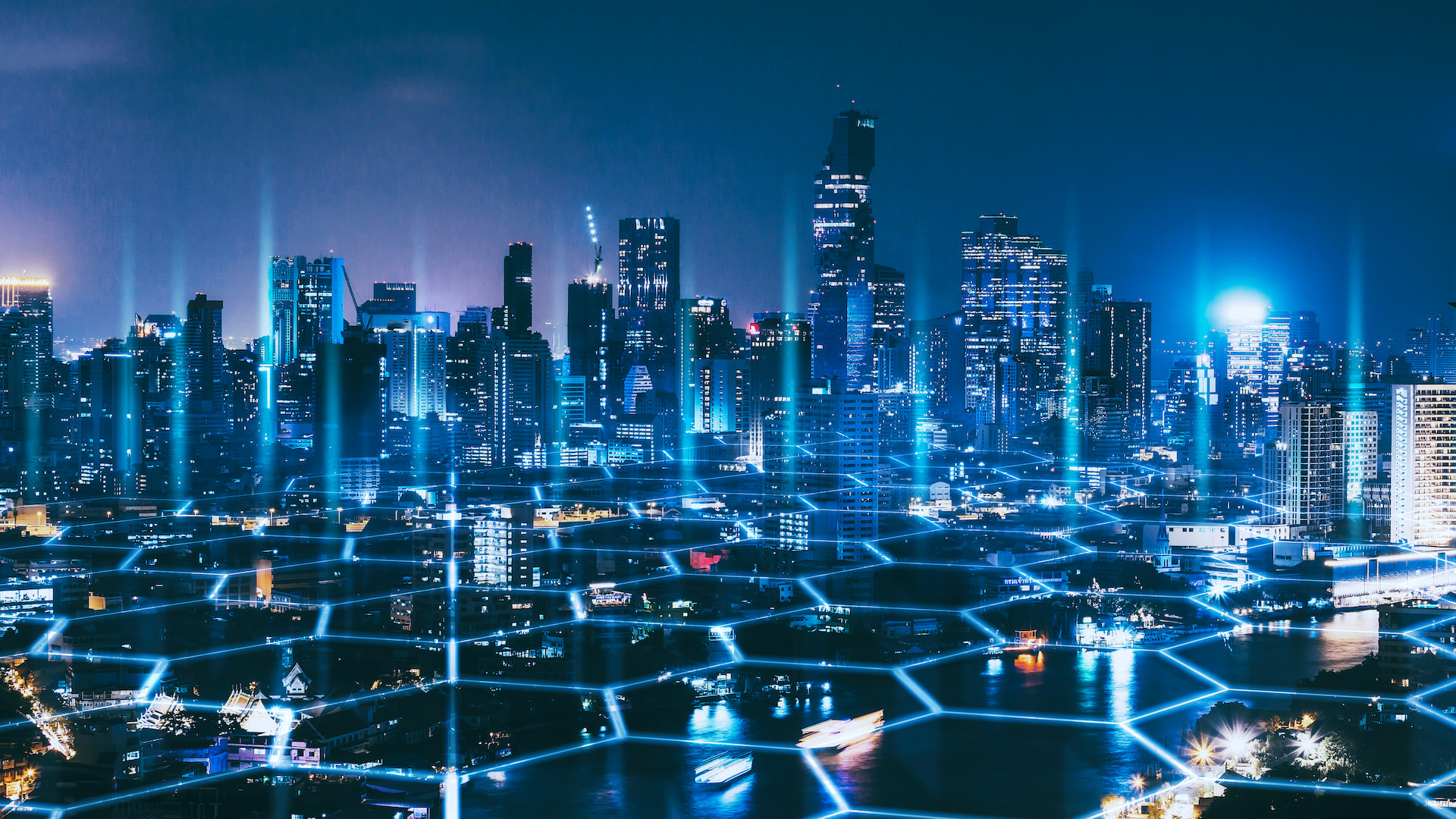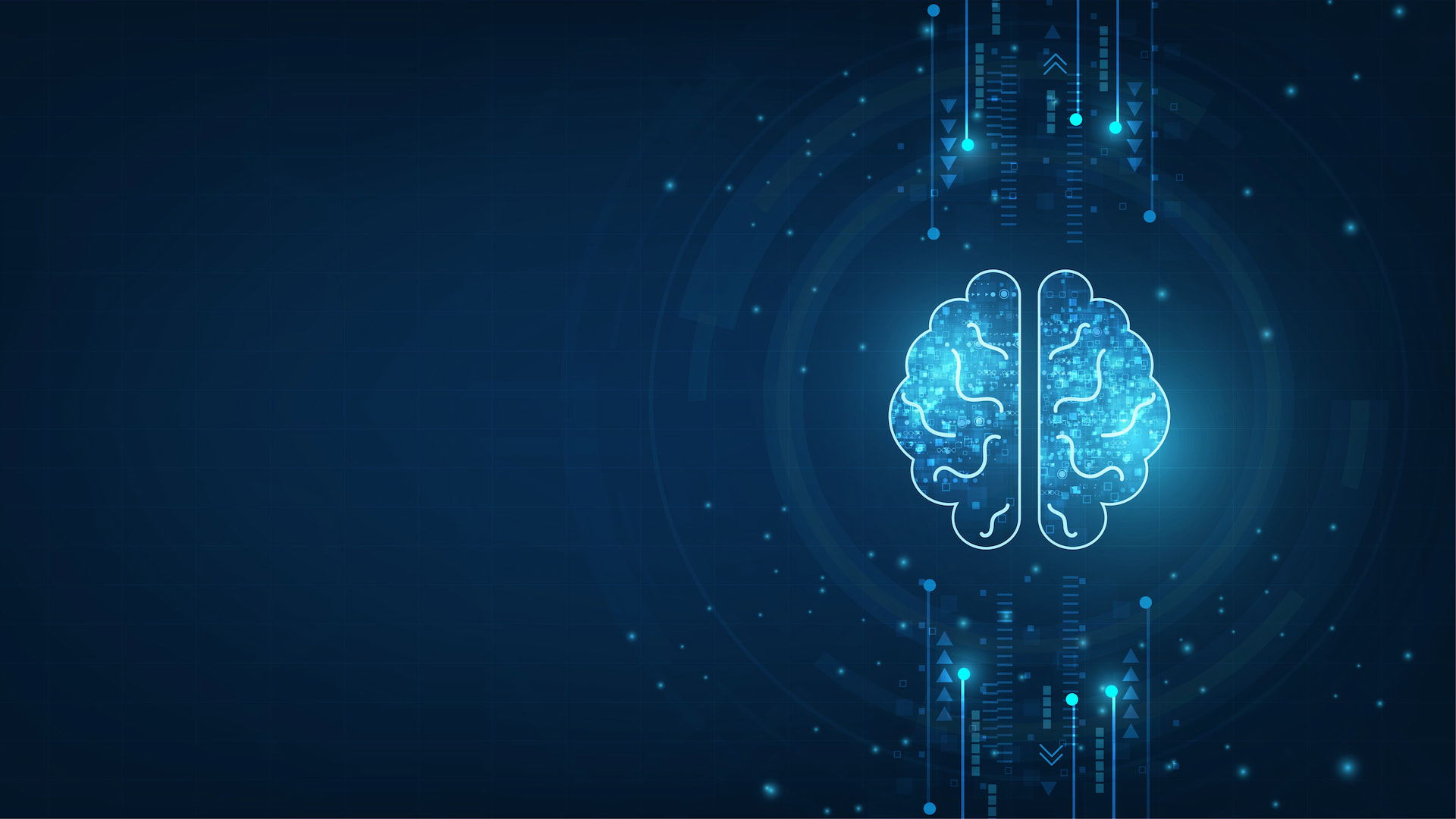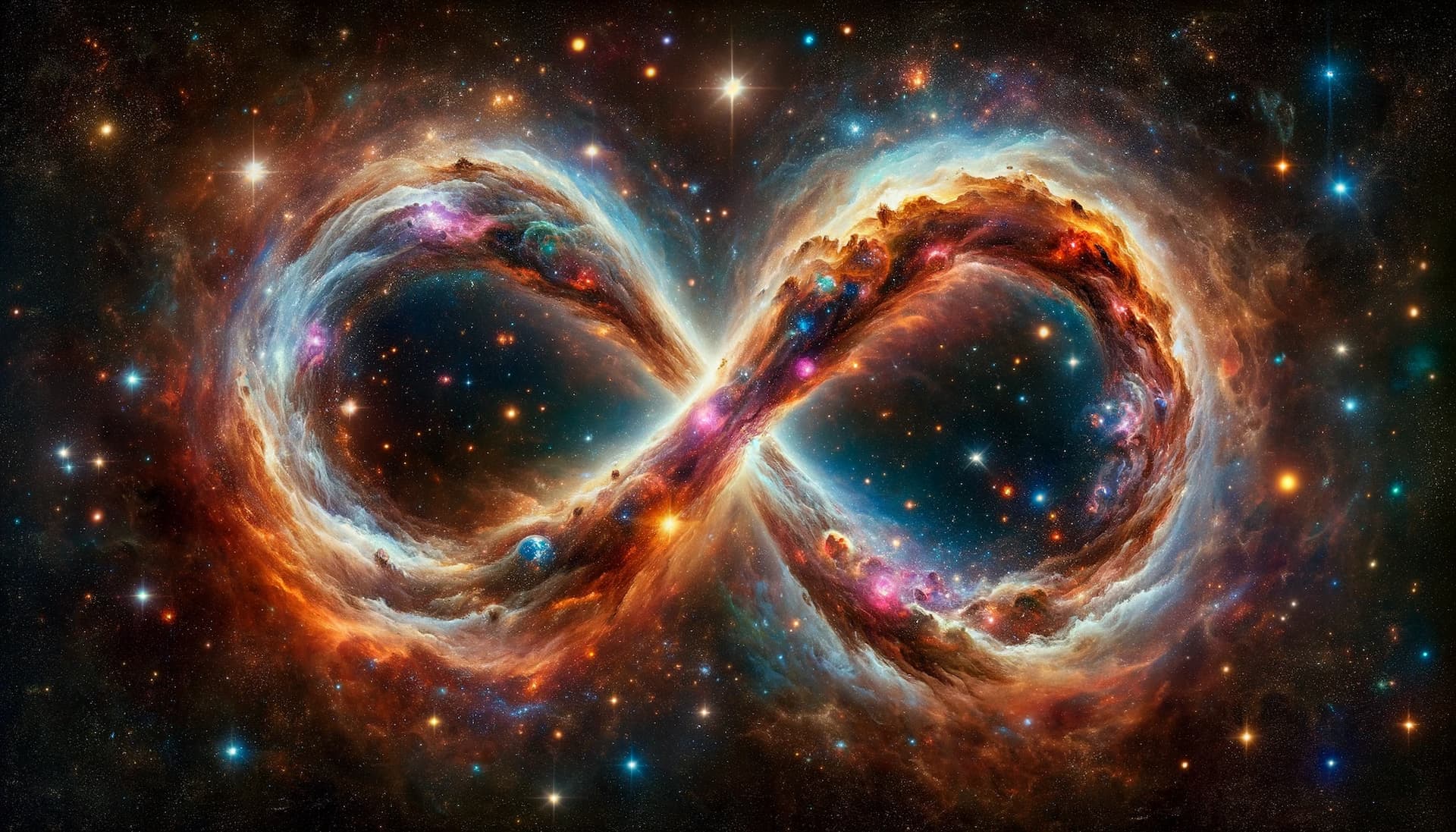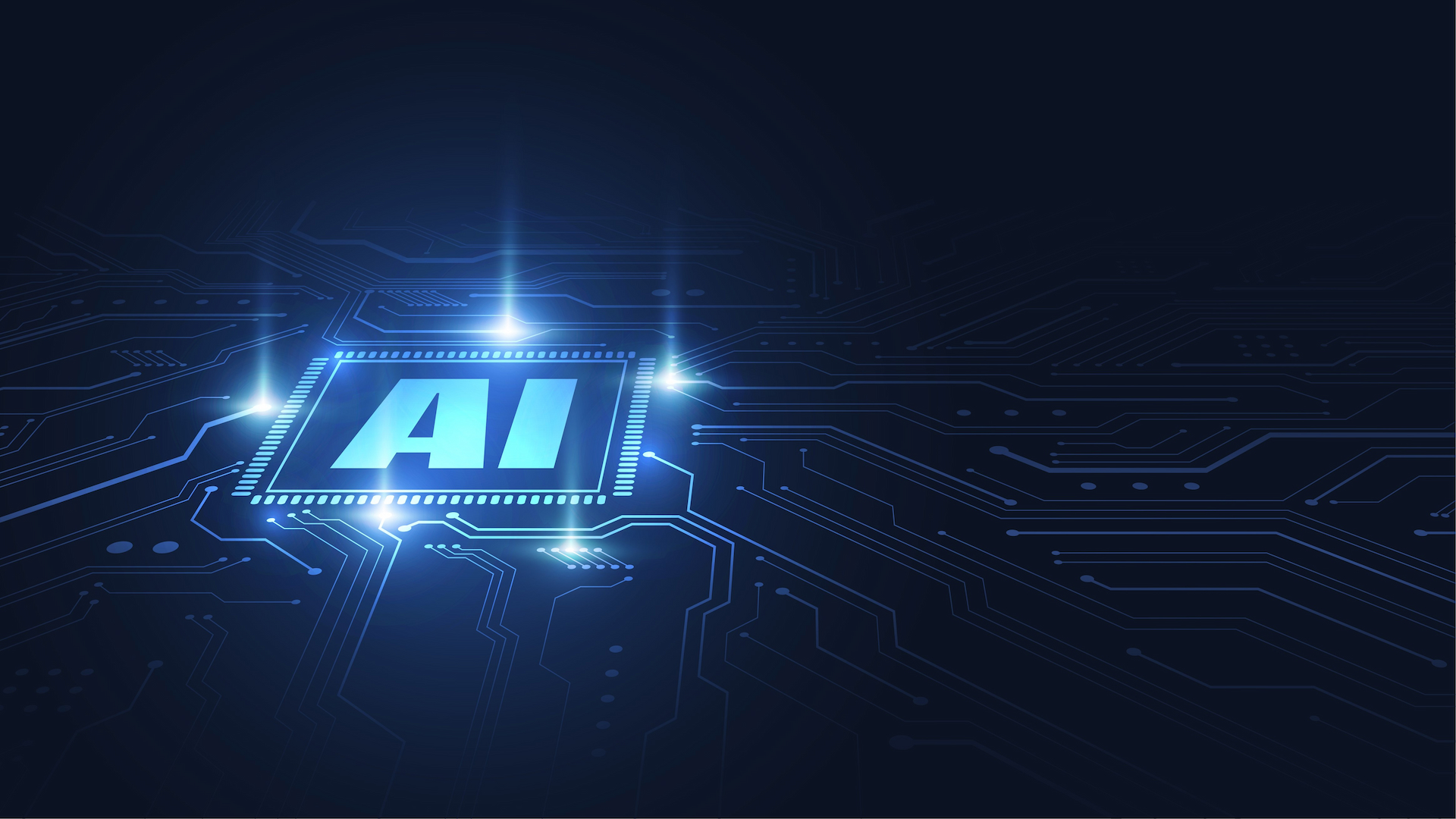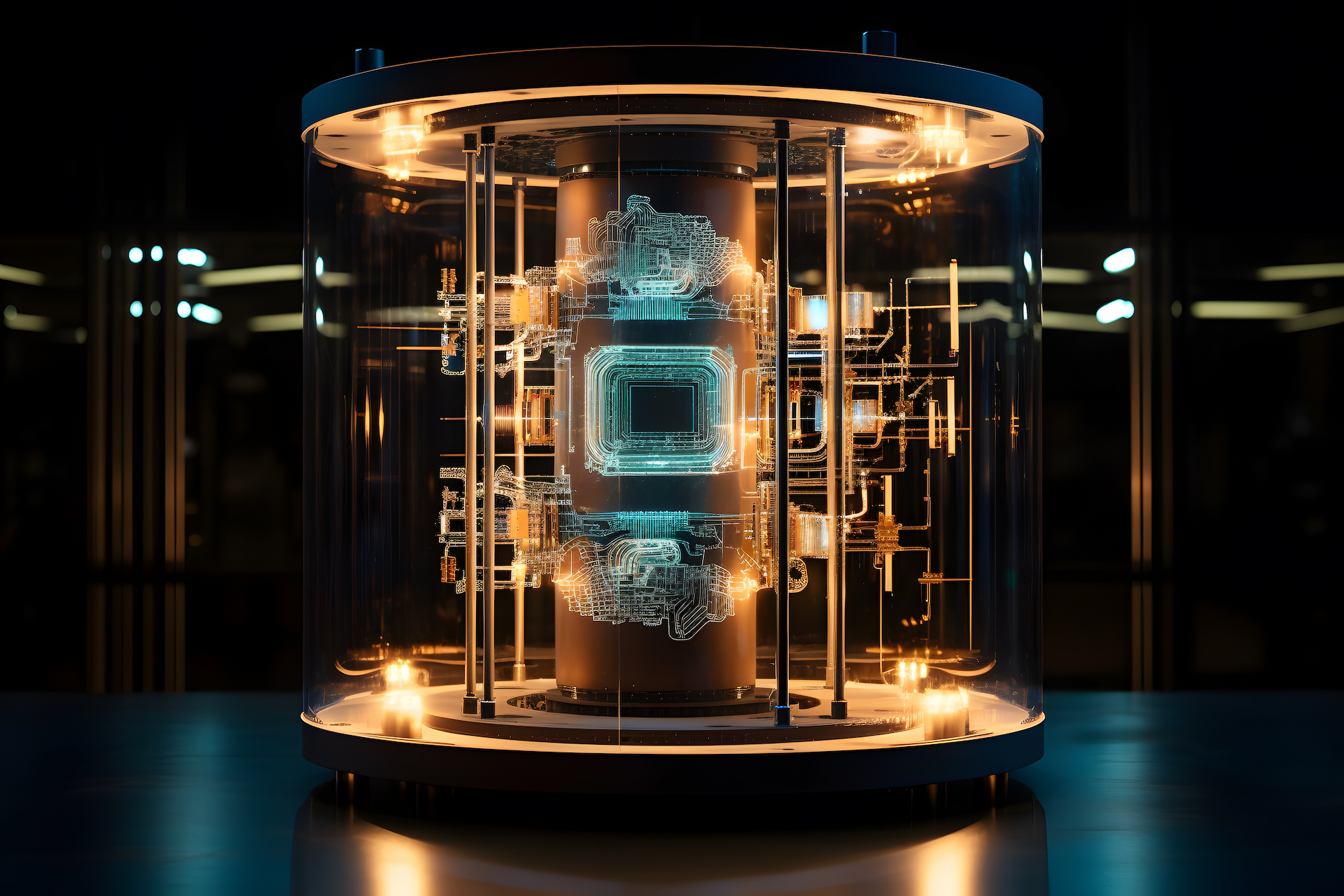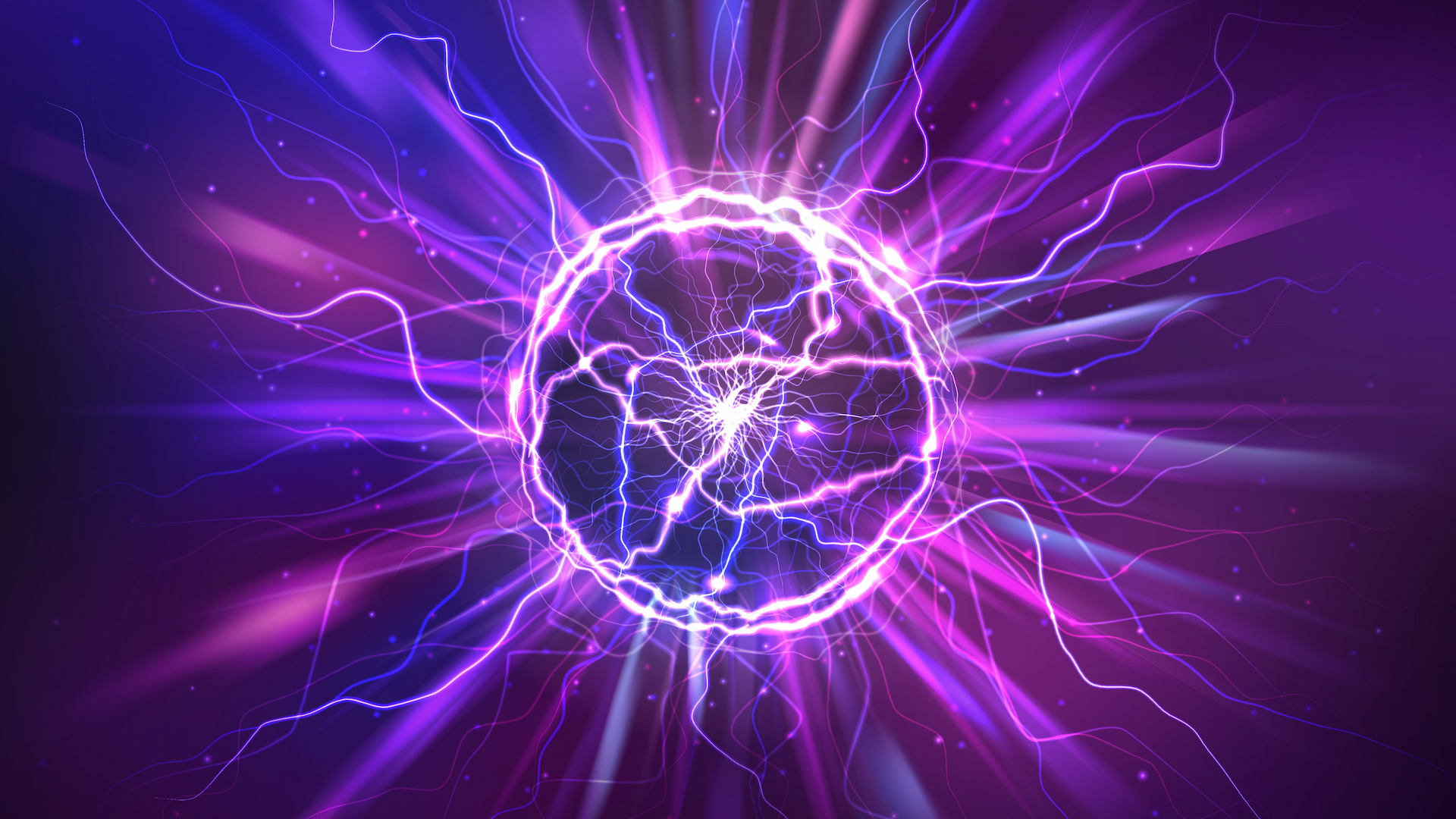The hum of AI is no longer just a whisper in the tech labs of Silicon Valley—it’s everywhere, transforming industries, redefining services, and embedding itself into the fabric of daily life. From managing sprawling digital landscapes to executing data-heavy processes in milliseconds, AI represents a major leap in computational power, and this leap comes with an equally monumental demand for energy.



